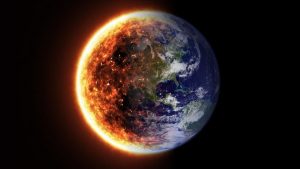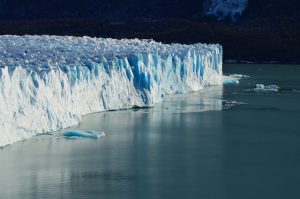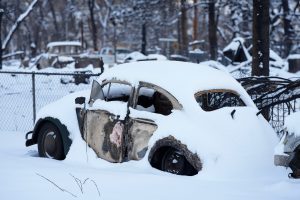Scientists had estimated that a part of the Arctic called the ‘Last Ice Area’ would not whither because of global warming at least till 2040 has started to melt.
According to a report published in 2020, strong wind and global warming have led to a record low ice cover.
The Last Ice Area, situated in the north of Greenland was expected to stay frozen for several dozens of years, far longer than other regions even as the temperature levels rise.
A paper published in the journal ‘Communications Earth and Environment’ noted that the trend of sea ice thinning has been prevalent for years now but it is experiencing a record low concentration this year.
Also Read | G7 to agree on climate, conservation targets as summit ends
“The big surprise of our research is that ice loss is happening in this ‘ Last Ice Area’ so soon. We expected that ice would last longer”, Michael Steele from the University of Washington told Agence France-Presse.
The World Wildlife Fund (WWF) pointed out that the shrinking of Arctic summer sea ice is not only going to impact the lives of animals but also of the local Inuit communities.
The Wendel Sea, part of the Arctic Ocean which is located north of Greenland, is typically covered with layers of ice. However, in August 2020 scientists measured that the sea was only 50% covered with ice. The Arctic summer sea ice extent has decreased nearly three quarters in only 40 years.
A closer look by researchers at the satellite data showed that 80% of the ice loss is owing to unusually strong wings that broke up the ice.
This area is considered extremely significant as it was the last resort of the species dependent on ice for survival while the surrounding areas are melting away.
The area was typically used by polar bears to hunt down seals who use the sea ice to build a shed for their offspring.





